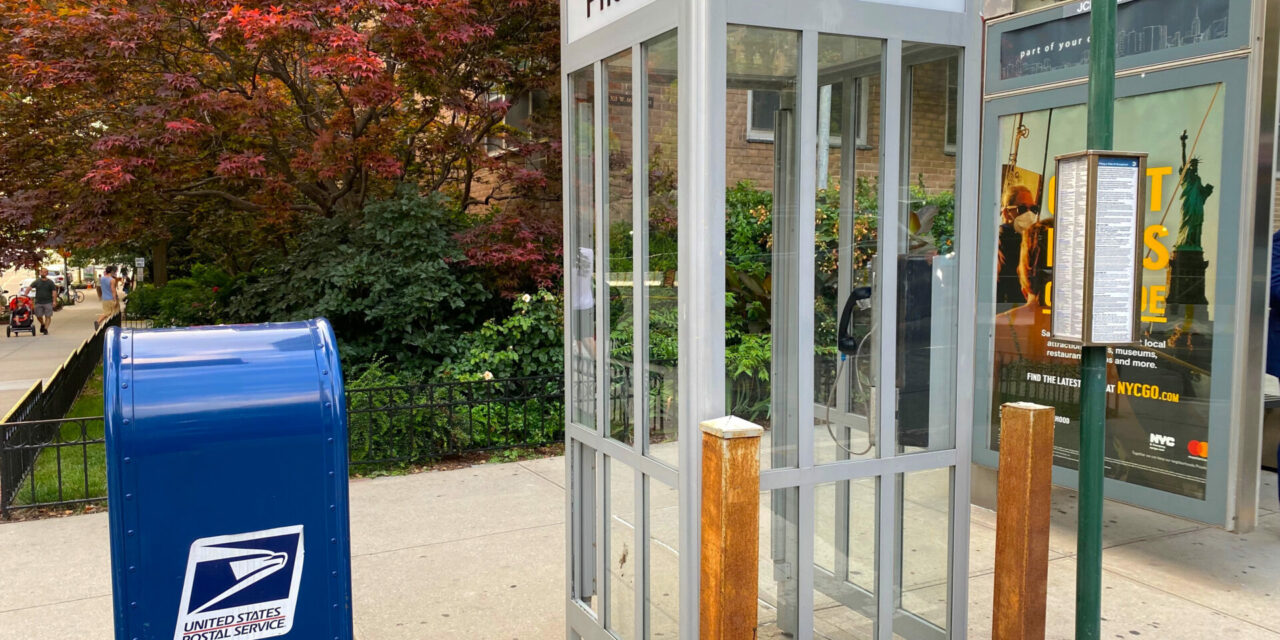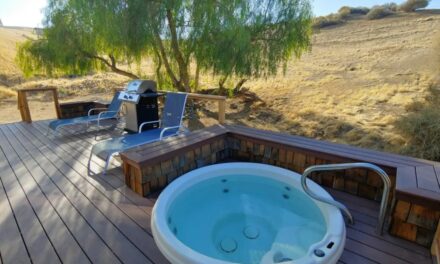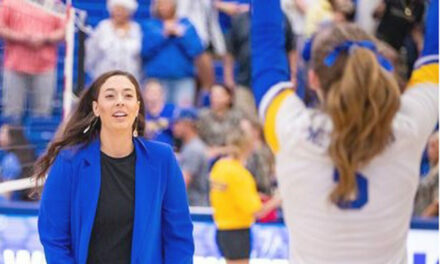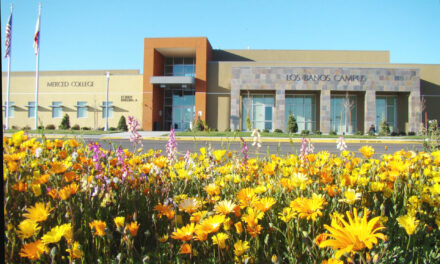I came across a relic a few years back.
It was at the California State University, Monterey Bay campus in Seaside.
That’s where here was a phone booth next to a bus shelter.
The idea of a phone booth on a campus of nearly 8,000 college students who have never been weaned off smartphones is rich.
There wasn’t a phone in the booth. It was just a booth with the prerequisite graffiti.
It wasn’t too many years ago when phone booths were part of the landscape.
They were at restaurants, gas stations, outside of movie houses, and even in relatively random spots across a city.
They weren’t accessed using old-fashioned ATM cards or Apple Pay. Instead people used quaint objects called nickels and dimes. And if they made a toll call — typically an area outside of the city where the pay phone was located — you had to feed coins into the phone as if you were playing a slot machine to avoid being cut off.
The biggest high tech thrill for a Northern California kid back in those days when Apple products were limited to cobbler, pie, and turnovers was calling POPCORN (767-2676) on a rotary phone to get the exact local time.
The most prominent time lady was Jane Barbe whose recorded voice at the peak of free time calls in the late 1960s and 1970s was heard 40 million times a day. . . “The time is 2 p.m. and 15 seconds — exactly.”
Barbe also delivered bad news: “I’m sorry. All circuits are busy. Please hang up and try again. This is a recording . . .” or the heart-breaking “I’m sorry, the number you have dialed is no longer in service. There is no new number. If you think you have reached this number in error, please hang up and dial the operator. This is a recording.”
And if you did call the operator you weren’t dinged a buck even if you asked for directory assistance.
It’s funny in a way.
Back when calling directory assistance was free, you’d get an operator covering the town you were calling.
They almost always lived in the community and often if you were trying to run down a business and got the name wrong or if you said you wanted the James Smith that lived by the Orange Julius in Timbuctoo you’d actually get somebody who clearly lived in the area and would help you whittle down the various business and James Smith options fairly quickly.
Now when your wireless service charges you $1 to help you track down a number they have no clue about the community you’re inquiring about given they are in a call center halfway around the world.
Ten years from now even call centers may become obsolete as more and more firms are switching to customer service robots.
By that I’m not referring to those cashiers that act like they’re doing you a favor ringing up your purchases and taking your money.
The lucrative call center industry where many American customer service jobs were outsourced years ago to places like India and The Philippines is now under siege from the push for automation to reduce labor costs and shed those pesky $16 per hour minimum wage jobs in California.
This is a big deal. Call centers generated $21.3 billion in The Philippines in 2022, employed1.2 million people, and was that nation’s largest source of foreign money.
There was a time when robots handling customer service calls would drive me up the wall.
f you didn’t enunciate properly or spoke too fast the computer couldn’t understand you.
When it persisted after I slowed down and was more deliberate in my enunciation it would drive me crazy. I often found myself raising my voice and getting angry with a computer.
Now I have no qualms about verbally talking with a computer.
I actually look forward to doing routine transactions such as making account payments at 2 a.m. (I have a problem with automatic withdraws for bill payments.)
The nice thing about dealing with robot call centers is that when you have an issue the computer is not programmed to handle it seems to take less time to get a real human when needed.
The odds are 40 years from now a George Jetson wannabe will look back on robot customer service representatives and remember them fondly like some of us from Bedrock households of Fred Flintstone fame recall dialing POPCORN to check the correct time.
In less than a century we’ve gone from crank wall phones in a small number of homes requiring the use of switchboards and telephone lines to the majority of the country having smartphones operating using wireless towers.
Given how fast times are changing — pun intended — you might want to try and buy a Ma Bell phone booth as an investment in a future heirloom antique.
That phone booth, by the way, was near the ancient history building at CSU Monterey Bay.




